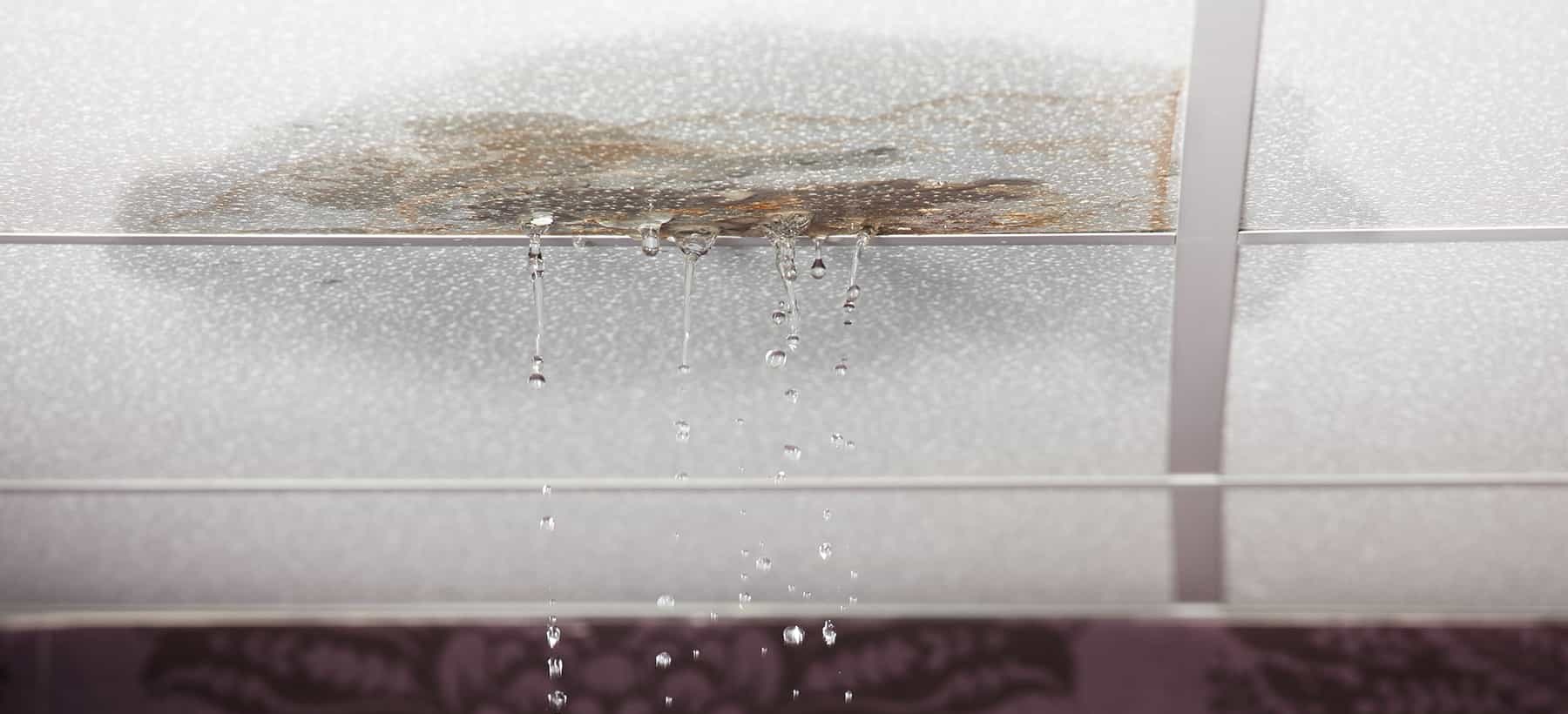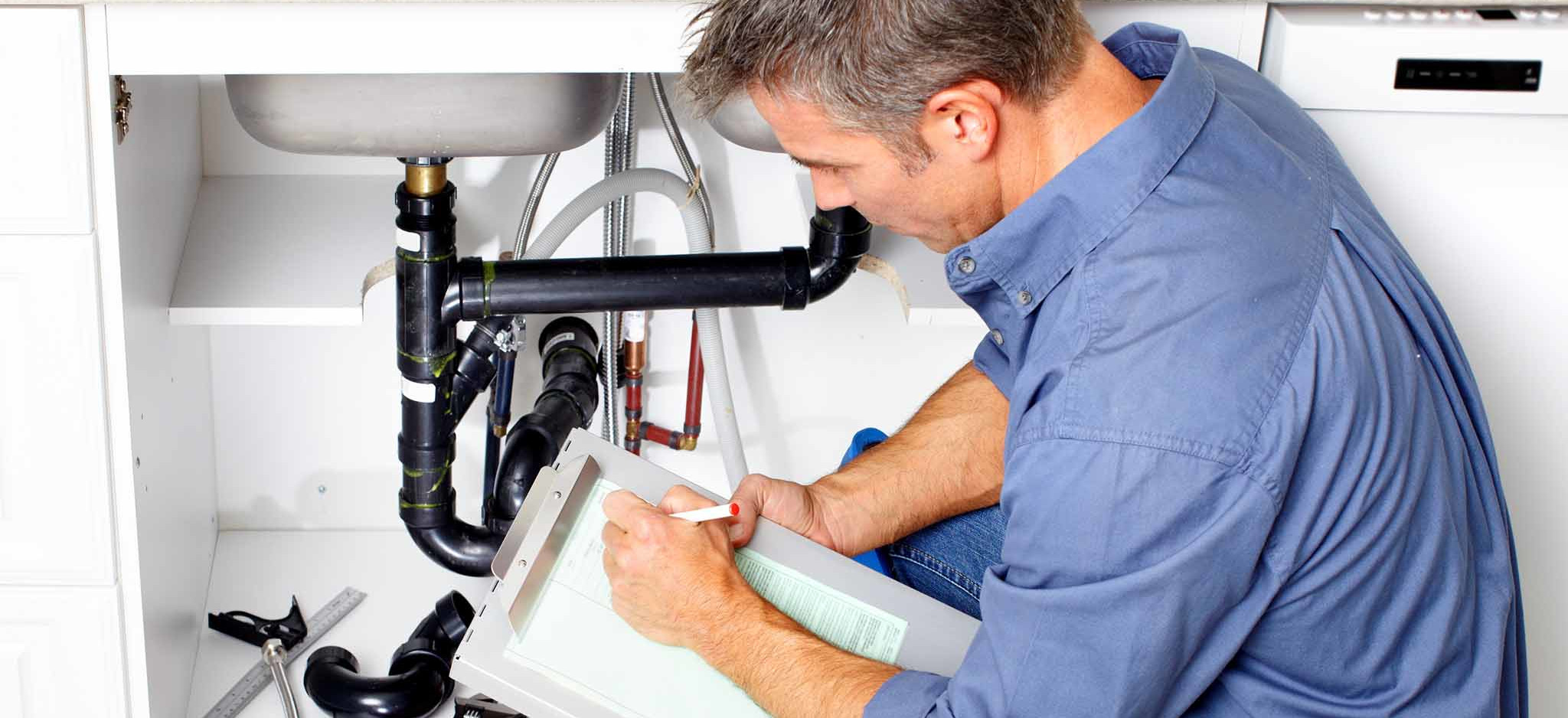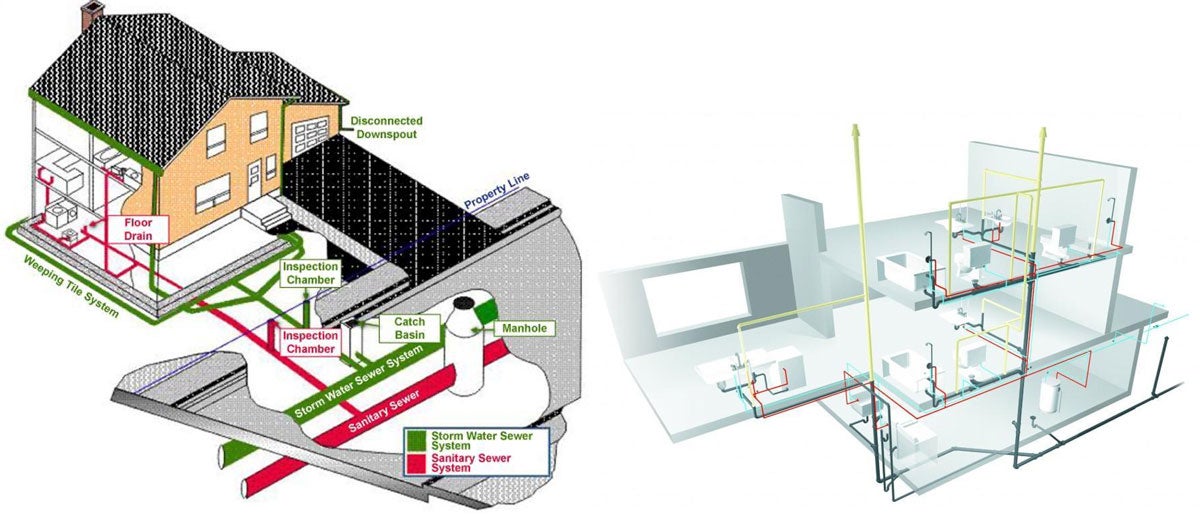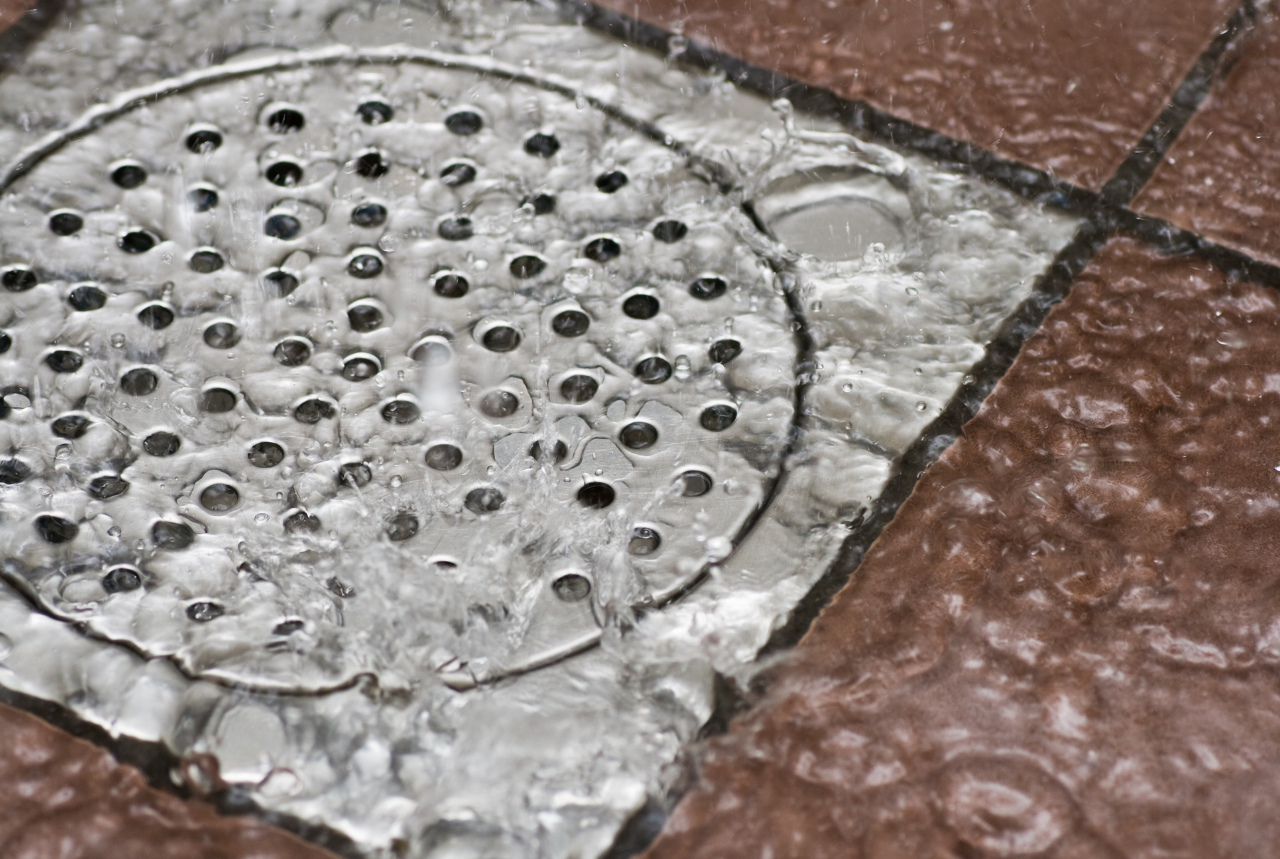Leaking Water Through Ceiling: Identifying and Fixing Upstairs Bathroom Leaks
When water starts seeping through your ceiling from an upstairs bathroom, quick action is essential. Identifying the source of the leak and stopping the water flow should be your immediate priorities. Ignoring this issue can lead to significant water damage throughout your home. This guide will help you pinpoint the cause and take appropriate steps to address the problem.
Important: Water damage can quickly escalate from a minor inconvenience to a major structural problem. If you notice water stains, bubbling paint, or active dripping from your ceiling, address the issue immediately to prevent further damage to your home's structure, electrical systems, and personal belongings.
Common Sources of Upstairs Bathroom Leaks
When dealing with water leaks from an upstairs bathroom and you're unsure of their origin, it's best to inspect three key plumbing fixtures: the toilet, the tub/shower, and the sink. Each of these fixtures can develop specific issues that lead to water leaking through to the ceiling below.
Toilet Leaks
The seal between the toilet and the floor, known as a wax ring, is a common source of leaks. When this seal deteriorates or becomes damaged, water can seep into the subfloor and eventually through the ceiling whenever the toilet is flushed.
Signs of a Faulty Wax Ring:
- Water pooling around the base of the toilet
- Unpleasant sewer gas odor in the bathroom
- Water stains on the ceiling directly below the toilet
- Toilet that rocks or feels unstable when sat upon
Even if you don't see visible water around the toilet base, a compromised wax ring can still allow water to penetrate the subfloor during flushing.
Shower and Tub Leaks
Shower and tub leaks can be more complex to diagnose as they can originate from several sources:
- Damaged shower tiles or grout - Cracked tiles or deteriorated grout can allow water to penetrate behind the shower walls
- Shower faucet leaks - Issues with the faucet assembly inside the wall can cause hidden leaks
- Water supply pipe leaks - Pipes within the wall or subfloor may develop leaks due to corrosion or joint failures
- Drain leaks - The drain assembly or p-trap beneath the shower/tub can develop leaks at connection points
If the leak occurs only when the shower is in use, the issue is likely related to the shower enclosure or faucet. If the leak persists even when the shower isn't being used, the problem may be with a water supply pipe hidden in the wall or subfloor.
Sink Leaks
Bathroom sink leaks typically stem from issues with gaskets, washers, or connection points:
- Faucet assembly leaks - Worn gaskets or washers in the faucet can cause water to leak around the base or handles
- Drain assembly leaks - The drain components beneath the sink bowl may develop leaks at connection points
- Supply line leaks - The flexible water supply lines connecting to the faucet can develop leaks at their connections
Gaskets are flat seals, typically made of rubber or plastic, positioned between surfaces like the base of the faucet assembly and the vanity top. Washers are circular seals used beneath screws in a faucet assembly. When any of these components wear out or become damaged, they no longer create a secure seal, allowing water to escape.
Check all connection points beneath your sink and tighten any loose fittings to ensure proper seals.
Diagnosing the Source of the Leak
Step-by-Step Leak Investigation
- Examine the ceiling damage - Note the location of water stains or dripping to help identify which fixture is above the affected area
- Inspect each fixture - Check the toilet, shower/tub, and sink for visible signs of leakage
- Perform isolated tests - Use each fixture separately while someone watches the ceiling below for new drips or increased moisture
- Check for hidden leaks - Look for water stains, warped flooring, or mold growth around fixtures that might indicate slow, ongoing leaks
- Assess pipe locations - Consider whether the leak could be coming from water supply or drain pipes running through the floor/ceiling space
Pro Tip: To determine if a toilet's wax ring is leaking, place a few drops of food coloring in the toilet tank and flush. If colored water appears around the base of the toilet or on the ceiling below, you've confirmed a wax ring leak.
Temporary Measures While Awaiting Repairs
While you're diagnosing the issue or waiting for professional help, take these steps to minimize damage:
- Contain the water - Place buckets or containers to catch dripping water
- Turn off water supply - Locate and shut off the water supply to the leaking fixture or the main water supply if necessary
- Remove valuable items - Move furniture, electronics, and other valuables away from the affected area
- Dry the area - Use towels, fans, or a wet/dry vacuum to remove standing water and begin drying the affected areas
- Document the damage - Take photos of the damage for insurance purposes
When to Call a Professional
While some minor leaks can be addressed with DIY solutions, many ceiling leaks require professional attention. Consider calling Plumb-All if:
- You cannot identify the source of the leak
- The leak is severe or has caused significant damage
- The leak appears to be coming from within a wall or from pipes in the ceiling
- You've attempted repairs but the leak persists
- There are signs of mold growth or structural damage
- The leak is near electrical fixtures or wiring
Water leaks through ceilings can cause significant damage if not addressed promptly. By identifying the source of the leak and taking appropriate action, you can prevent further damage to your home. If you're unable to pinpoint the water leak's source or feel overwhelmed by the situation, don't hesitate to contact Plumb-All. Our plumbing and water experts are well-trained and equipped to address any leaks and prevent water damage.
Decided that we're the right fit for you?
Call us at 844 PLUMB-ALL


